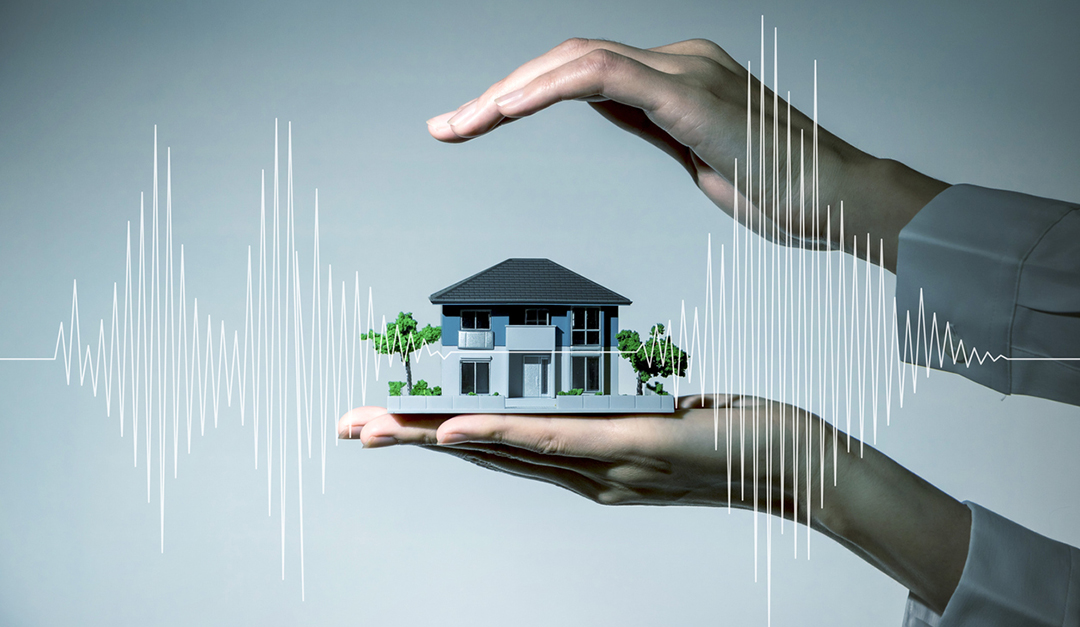Earlier this month, the community of Ridgecrest, Calif., quite literally trembled as it experienced a series of earthquakes, one of which was the largest to hit Southern California in almost 20 years.
On July 4, a 6.4 magnitude quake struck near Ridgecrest—along the Eastern California Shear Zone and 120 miles northeast of Los Angeles—and was followed by a 7.1 quake in that same area on July 5, according to the United States Geological Survey (USGS). Since then, thousands of aftershocks ranging widely in magnitude have occurred; experts expect these to taper off soon.
One death involving a man pinned under a vehicle is still being investigated as possibly linked to the earthquake. The powerful shocks, while sporadic for the area, left the region relatively unscathed save for gas leaks, fallen chimneys and some mobile homes that shifted off their foundations, according to the Los Angeles Times. Nevertheless, conversations surrounding earthquake safety have resurfaced, especially regarding the vulnerability of homes that have not been updated to withstand tremors, and scams that appear in the aftermath.
A Structurally-Sound City
Ronnie Corley, broker/associate with Coldwell Banker Best Realty, says she has been living in Ridgecrest with her husband since 1976. Since that time, she says, they’ve only experienced “one slight shake in the ’90s.”
“Last week was a totally new experience,” she exclaims.
How was the city of Ridgecrest able to withstand the tremors with so little damage? The key is in updated homes and new construction. According to the Los Angeles Times, most homes in Ridgecrest were built in the ’80s and are only one or two stories high. They are more resilient than homes constructed with concrete or unreinforced masonry, or homes that are not bolted to their foundations, the article adds.
“Some people in older homes were ordered to vacate them. We need places for them to move during this time,” says Corley. “Of course, the newer the home, the less likely it would be to have damage—newer homes on acreage appeared to have the least damage.”
Experts say that had the earthquake struck more populous or vulnerable areas, such as the San Francisco Bay Area, Napa and Paso Robles, the aftermath would have been quite different. According to a USGS simulation, a 7.1 earthquake located on the Hayward Fault in the Bay Area could potentially lead to 800 fatalities, 52,000 single-family home losses and 400,000 resident displacements. A simulation for a 7.8 earthquake on the San Andreas Fault predicts 1,800 deaths and 50,000 injuries.
Preparing for an Earthquake
Having little to no notice of an incoming tremor, residents in areas susceptible to these natural events must be proactive in ensuring their home is safe. Infrastructure should be the first priority. According to the Federal Emergency Management Agency (FEMA), areas that experience earthquakes often have a set of regulations and building codes that dictate how a home should be designed, constructed or altered. Older homes pose the most risk and should be updated with seismic retrofitting regardless of these regulations and whether or not they are enforced.
Additionally, when it comes to utilities, homeowners should know where the emergency shut-off valve for their gas is located. A pipe ruptured during an earthquake can lead to gas leaks and major fires. For water heaters, homeowners should install a bracing kit that secures the system using wall studs and metal framing.
Lastly, while seemingly harmless, furniture can pose a large safety risk during an earthquake. Items like picture frames can be thrown off the walls, and even heavy items, such as a television or computer, can slide off tables, injuring anyone sheltering in place.
According to Corley, homeowners shouldn’t leave anything of value sitting loose on a shelf.
“Secure things so any shaking does not allow them to move,” she emphasizes.
Protecting Against Fraud
While physical safety should always be the primary concern, residents of earthquake-prone areas are advised to stay aware of possible scammers who look to take advantage in the aftermath of these events. Homeowners should be wary of anyone offering “free” services, either from phone calls, emails or unanticipated home visits.
Corley witnessed this within her own community. Following the major quakes, individuals posing as local contractors employed by Cordell Construction, a trusted vendor in the city, told homeowners they were offering free building and home inspections. Cordell Construction then warned residents that they were not sending out anyone into the field to solicit business. They also instructed homeowners to call the company if they were not expecting a visit to “verify the validity of their presence,” as these individuals could be looking to rob and steal from homes.
“Don’t believe anyone unless they are known and revered by you,” says Corley. “Remember, if it’s too good to be true, it probably is.”
According to the Incorporated Research Institutions for Seismology (IRIS), high magnitude earthquakes rated 8 only occur about once every year; however, 7s can occur once a month, and even smaller quakes, which happen much more frequently, can have a significant impact depending on the area and its structures. Therefore, it’s essential that residents living in earthquake-prone areas are as prepared as possible to minimize damages, and today’s real estate professionals should guide consumers to the proper contacts and resources, so they can be knowledgeable and stay proactive with preparations and in the aftermath.
 Liz Dominguez is RISMedia’s associate content editor. Email her your real estate news ideas at ldominguez@rismedia.com.
Liz Dominguez is RISMedia’s associate content editor. Email her your real estate news ideas at ldominguez@rismedia.com.











